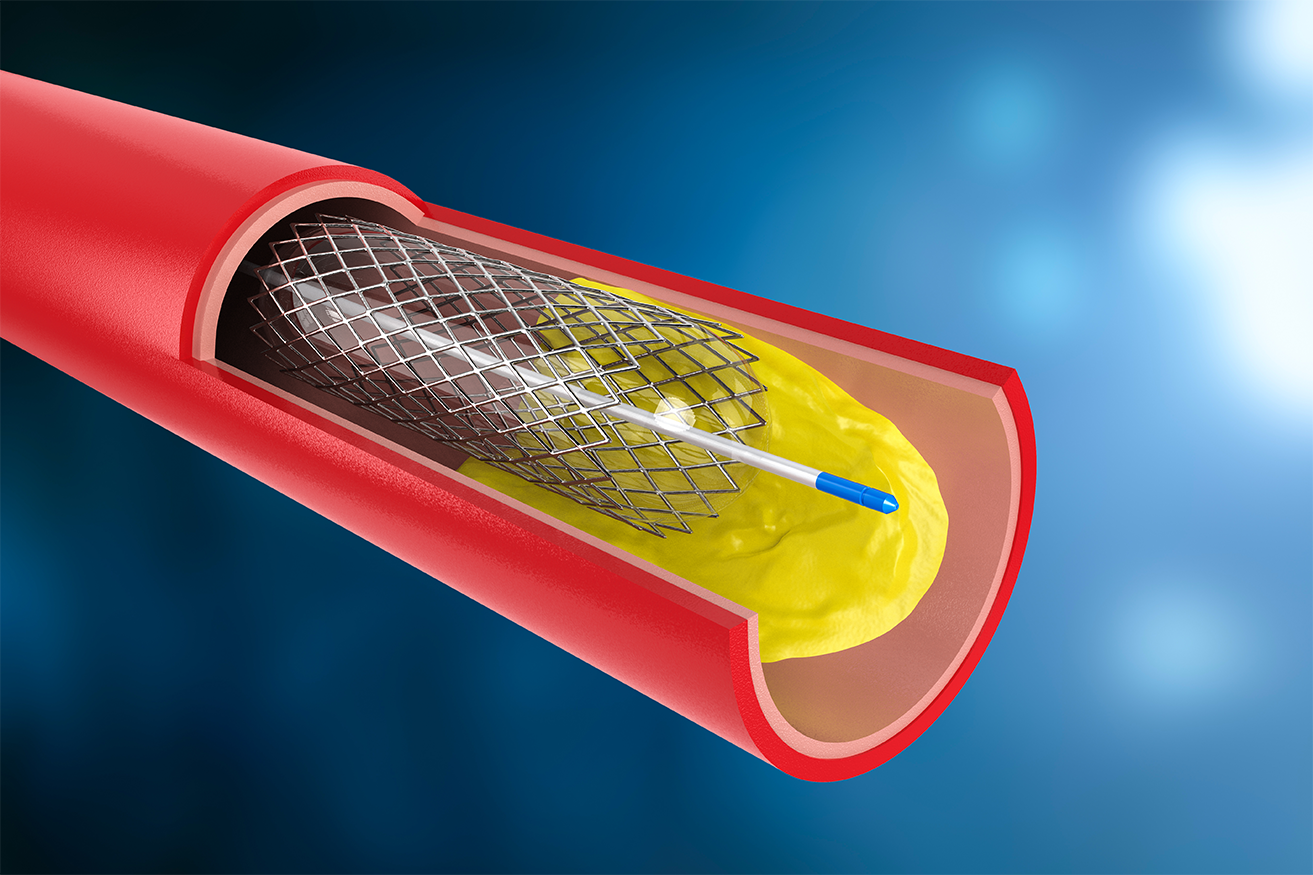
Angiography
What is a coronary angiography?
A coronary angiography is a test to find out if you have a blockage in a coronary artery. Your doctor will be concerned that you’re at risk of a heart attack if you have unstable angina, atypical chest pain, aortic stenosis, or unexplained heart failure. During the coronary angiography, a contrast dye will be injected into your arteries through a catheter (thin, plastic tube), while your doctor watches how blood flows through your heart on an X-ray screen. This test is also known as a cardiac angiogram, catheter arteriography, or cardiac catheterization.
-
What happens during the test
Before the test, you’ll be given a mild sedative to help you relax. You’ll be awake throughout the test. Your doctor will clean and numb an area of your body in the groin or arm with an anesthetic. You may feel a dull pressure as a sheath is inserted into an artery. A thin tube called a catheter will be guided gently up to an artery in your heart. Your doctor will supervise the whole process on a screen. It’s unlikely that you’ll feel the tube move through your blood vessels.
-
How the test will feel
A slight burning or “flushing” sensation can be felt after the dye is injected. After the test, pressure will be applied at the site where the catheter is removed to prevent bleeding. If the catheter is placed in your groin, you may be asked to lie flat on your back for a few hours after the test to prevent bleeding. This can cause mild back discomfort. Drink plenty of water after the test to help your kidneys flush out the contrast dye.
-
Understanding the results of a coronary angiography
The results show whether there is a normal supply of blood to your heart and any blockages. An abnormal result may mean that you have one or more blocked arteries. If you have a blocked artery, your doctor may choose to do an angioplasty during the angiography and possibly insert an intracoronary stent to immediately improve blood flow.
-
Risks associated with getting a coronary angiography
Cardiac catheterization is very safe when performed by an experienced team, but there are risks. Risks can include: bleeding or bruising
blood clots
injury to the artery or vein
a small risk of stroke
a very small chance of a heart attack or a need for bypass surgery
low blood pressure





